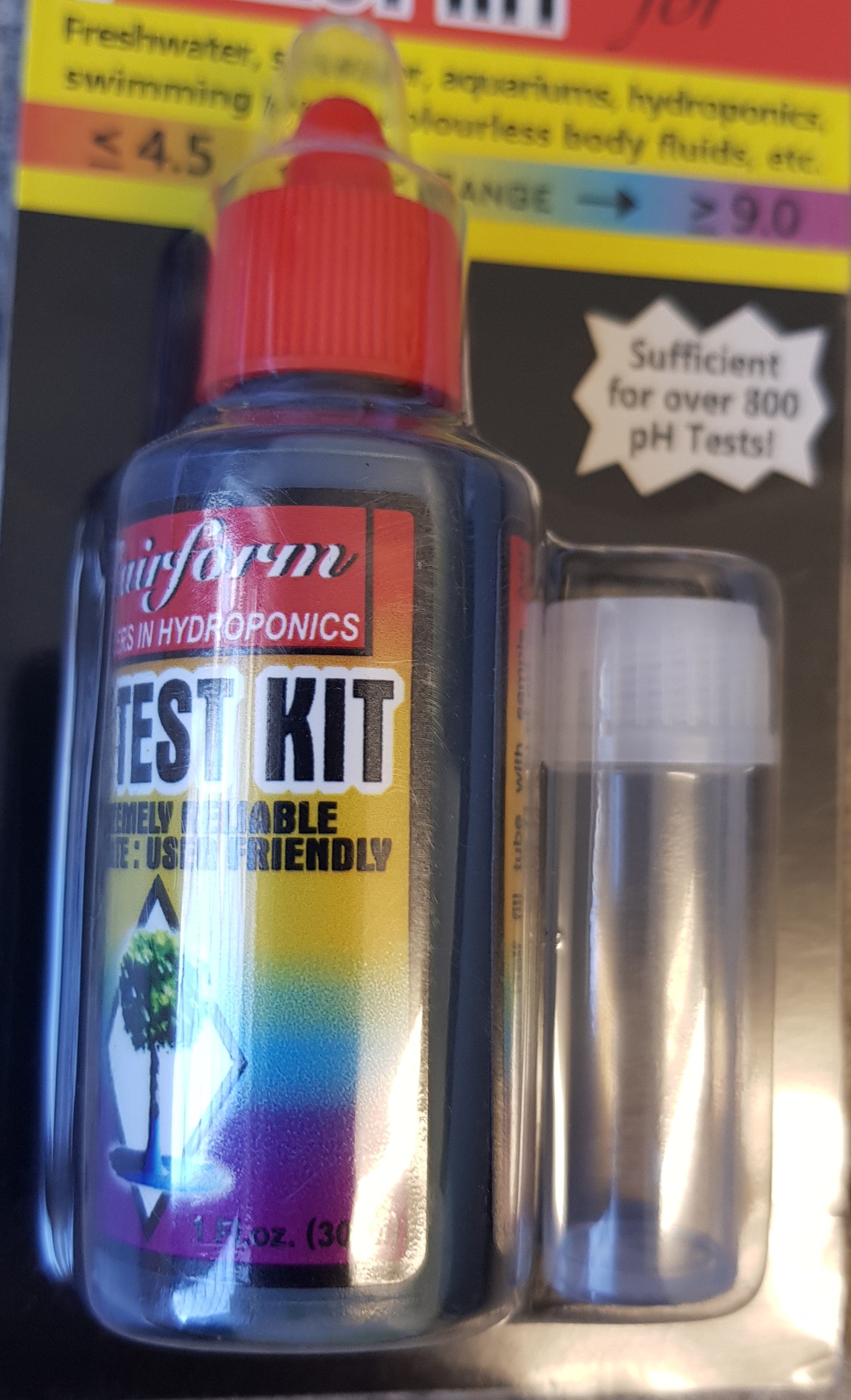
What is NPK? What does it mean?
By understanding the basics behind fertiliser labels, you can choose, with confidence, the right products for your growing goals.
WHAT N-P-K NUMBERS MEAN
Although every type of plant's need is different, some basics apply across the board.
Every fertiliser label carries three conspicuous numbers, to help users easily compare with other fertiliser products. These three numbers are the fertiliser's N-P-K ratio — the proportion of three plant nutrients in order: nitrogen (N), phosphorus (P) and potassium (K). They are always displayed in that order.
The product's N-P-K numbers reflect each nutrient's percentage by weight or percentage by volume (often grams per litre). For example, a lawn fertiliser may show 30-0-4 on its label. This shows that it contains 30 percent nitrogen, 0 percent phosphorus and 4 percent potassium (often in addition to other beneficial ingredients).
Actual volumes of each nutrient can be calculated depending on the size of the bag or bottle for soil test results.
WHY THESE THREE?
Plants need larger quantities of nitrogen, phosphorus and potassium than any other plant nutrients. These three are among the 17 nutrients essential to all plant life, and are often called primary macronutrients.
Plants derive all their essential nutrients naturally from air and soil, but soil can get depleted and because plants use larger amounts of N-P-K than other elements, these nutrients need frequent replenishing. If feeding plants hydroponically, for success these must be present in the liquid fertiliser.
Other elements, such as iron, are just as critical to plant survival, but plants need them in much smaller quantities. Additionally, different plants have different needs, and there are fertilisers available specifically to suit particular plants. For example, azaleas need more iron than other plants, so a fertiliser designed for azaleas would have extra iron. This would (as would any extra element) be shown in the ingredient panel separately to the N-P-K ratio.
Some more examples are -
Healthy lawns and green vegetation require high Nitrogen so the first number will always be higher than the others on suitable fertiliser for these.
Tasty tomatoes and other vegetables need nitrogen too, but flowering and prolific harvests require more phosphorus and potassium. That's why the second and third numbers would be higher.
Flowering bulbs depend on phosphorus for healthy roots, so bulb fertilisers, have a high middle number
HOW N-P-K AFFECTS PLANTS
Each of the three nutrients in the N-P-K has its own special job to do.
Nitrogen (N) spurs vigorous, leafy growth and rich green colour in lawn grasses and other plants. Without enough nitrogen, growth slows and lawns and plants turn pale. With too much nitrogen, flowering and fruit-bearing plants put their efforts into green growth and forfeit their blooms and fruit.
Phosphorus (P) focuses energy on strong root development and flowers, fruits, and seeds, while also helping plants use other nutrients efficiently. A shortage of phosphorus leaves roots weak, and flowers and fruit lacking.
Potassium (K) enhances overall growth. It helps regulate root and top growth and keeps plants healthy and balanced. This affects all aspects of lawn and garden well-being, from cold and drought tolerance to disease and pest resistance.


